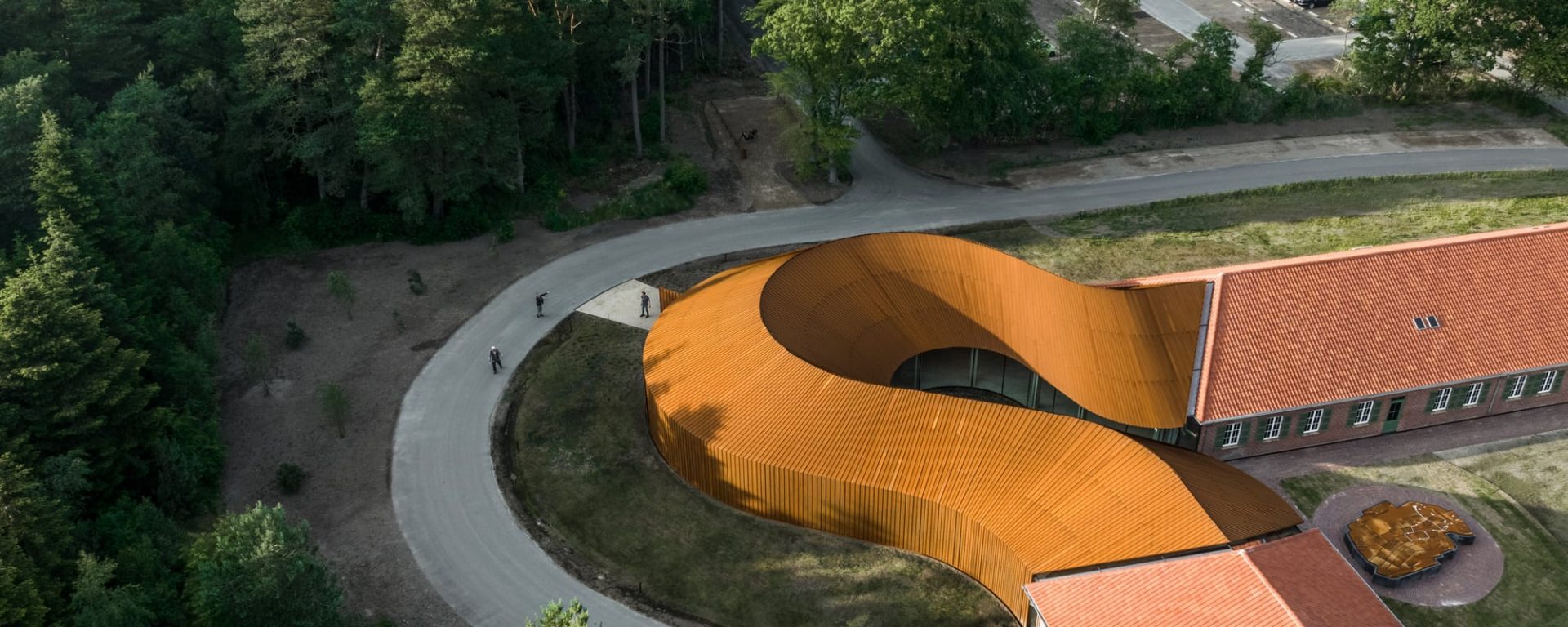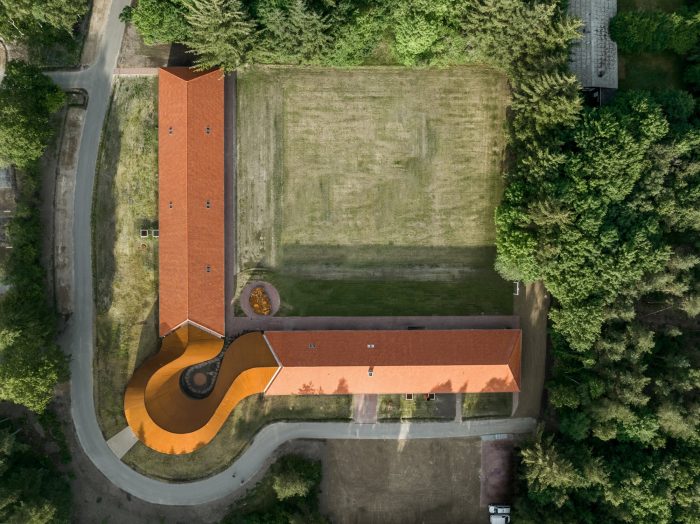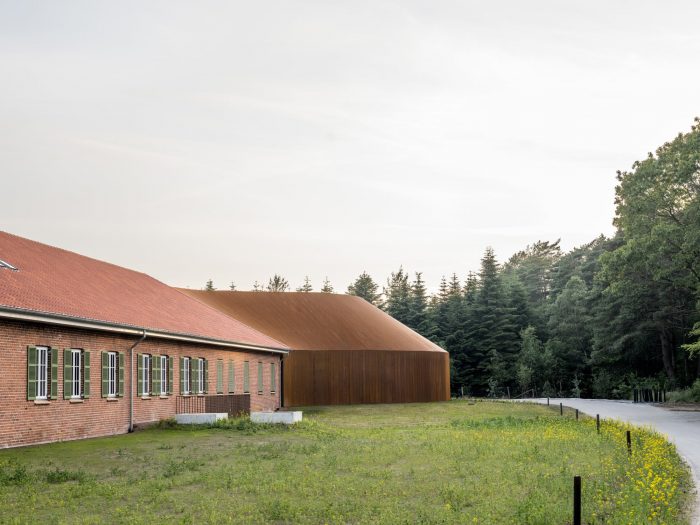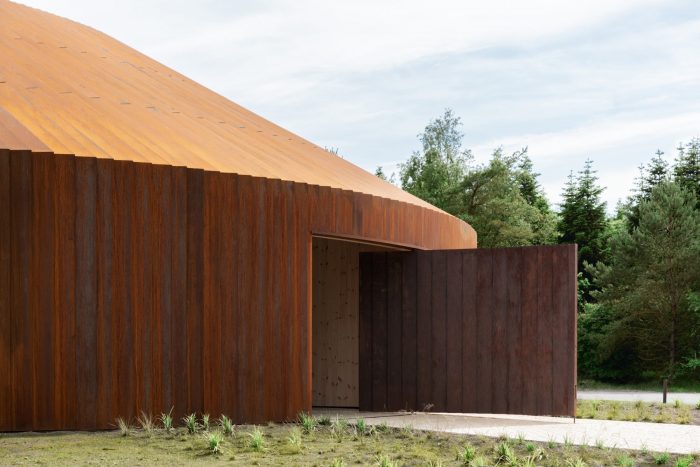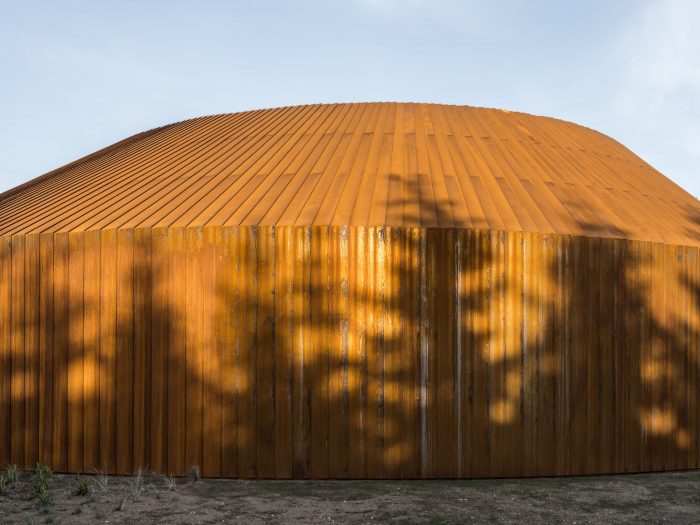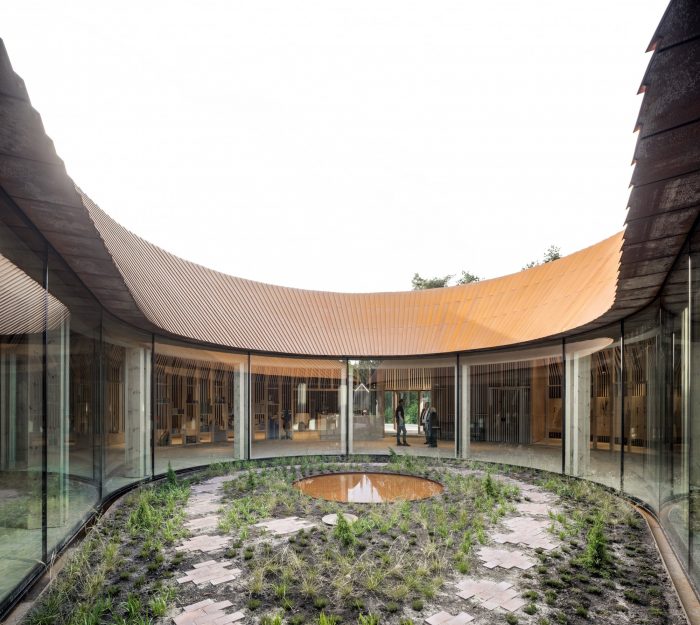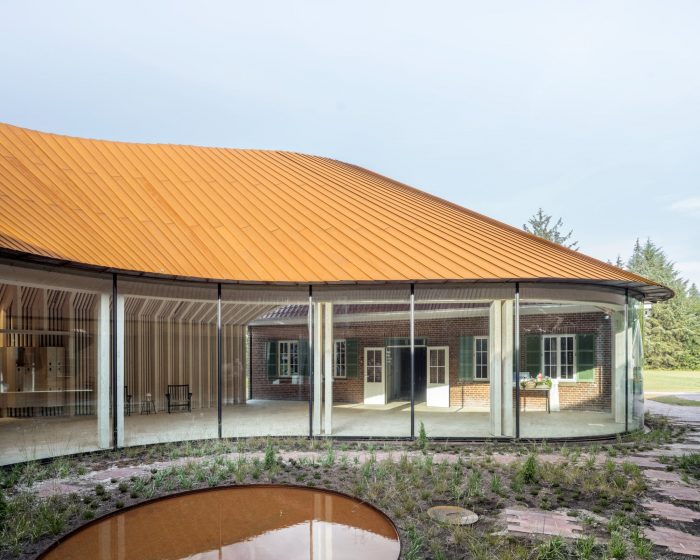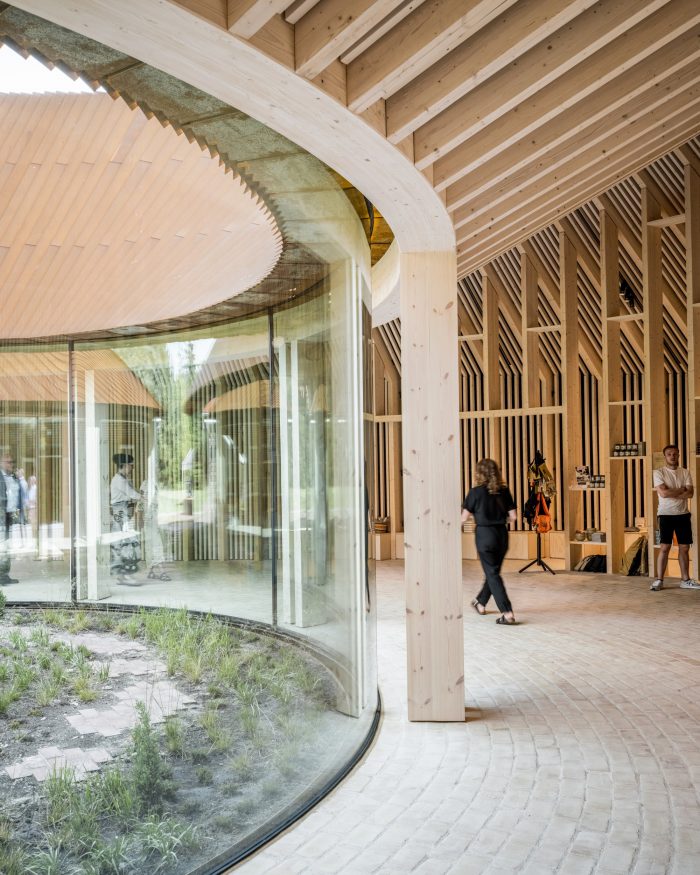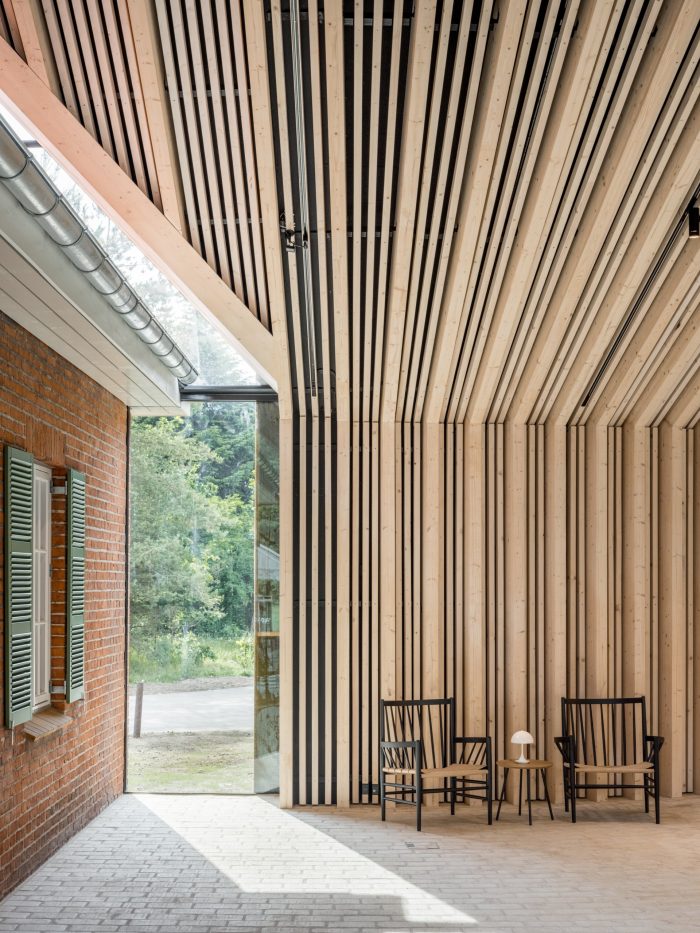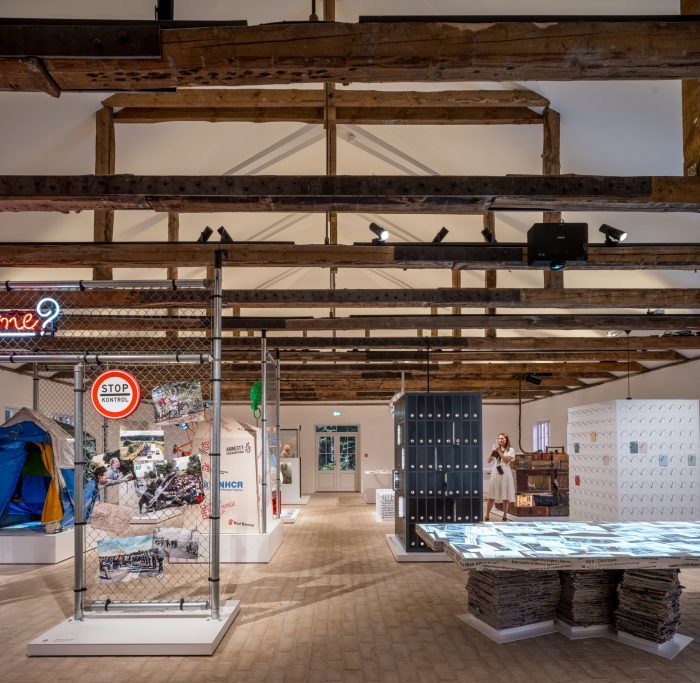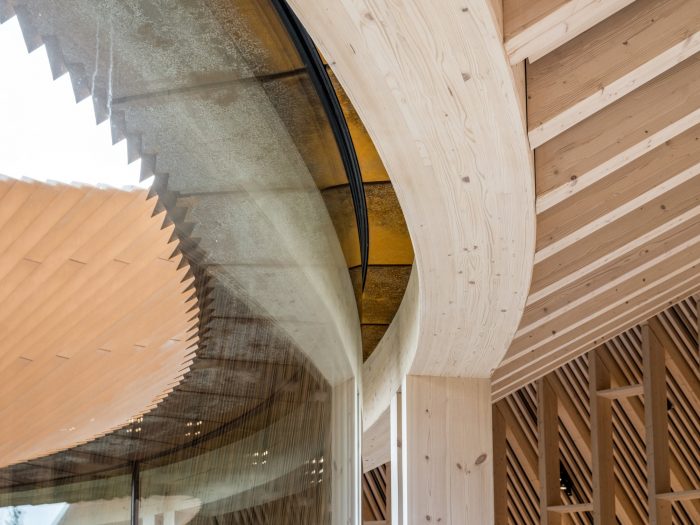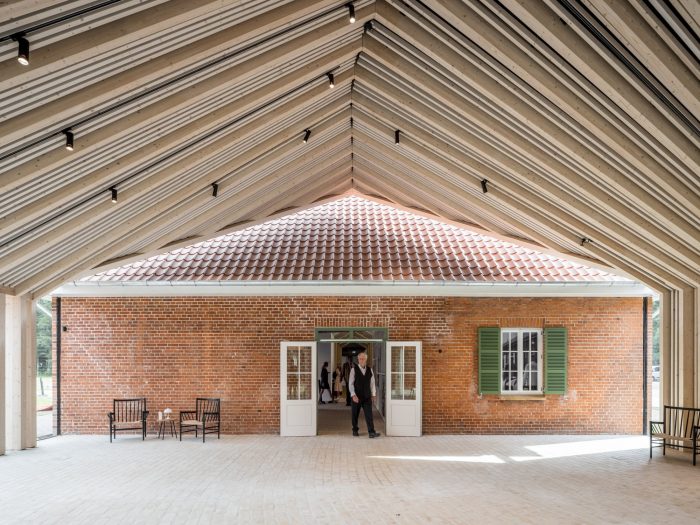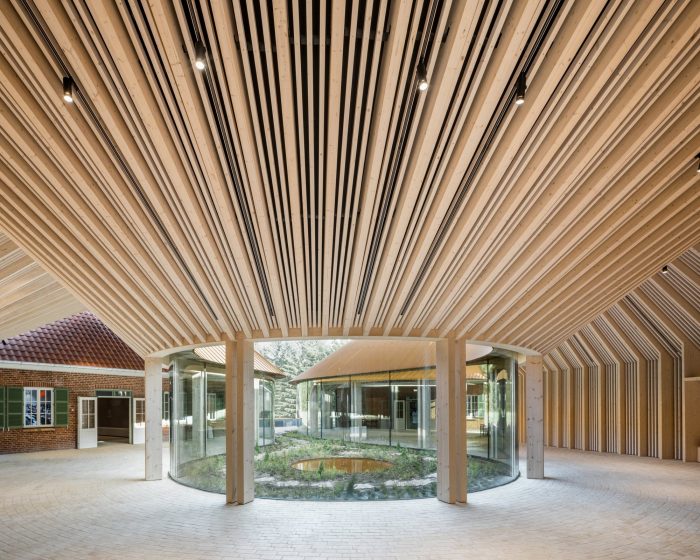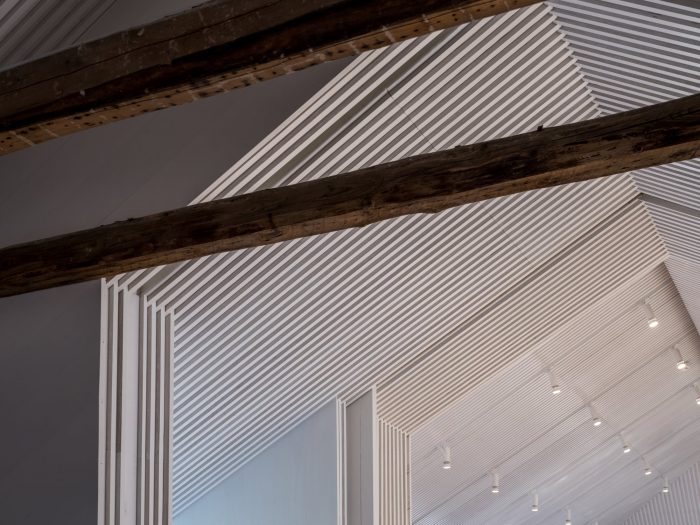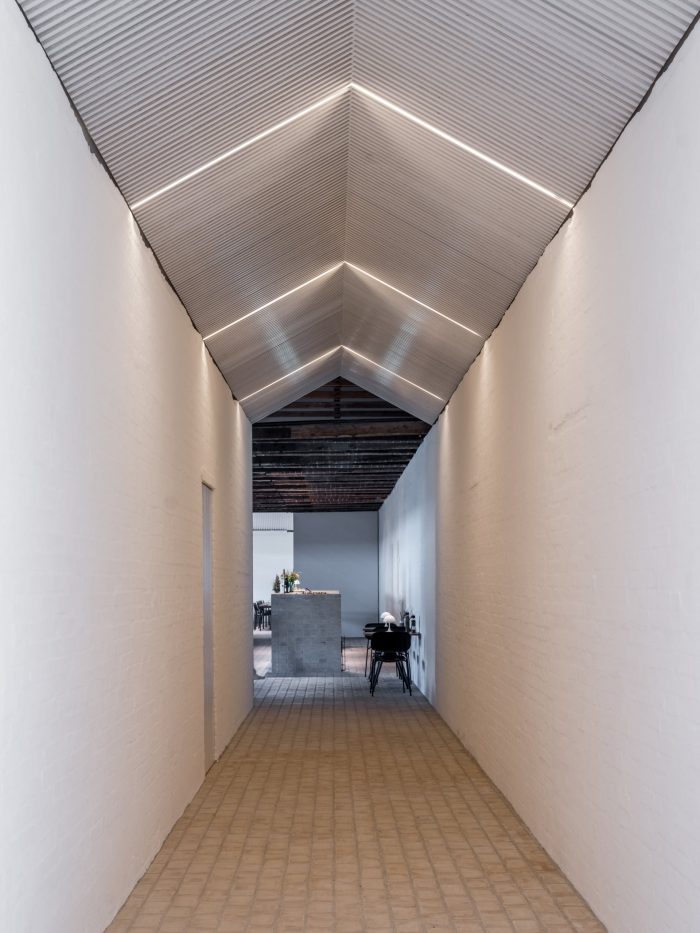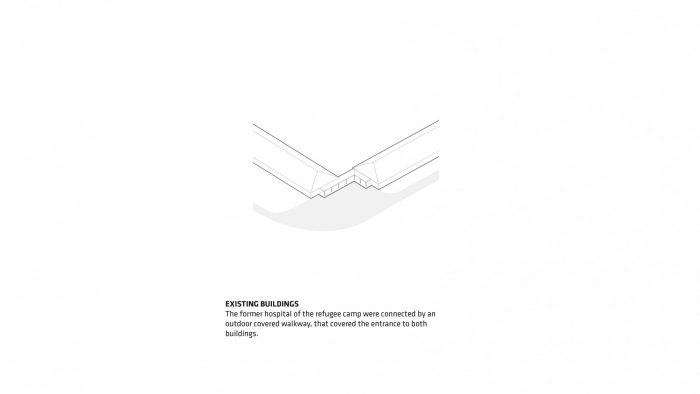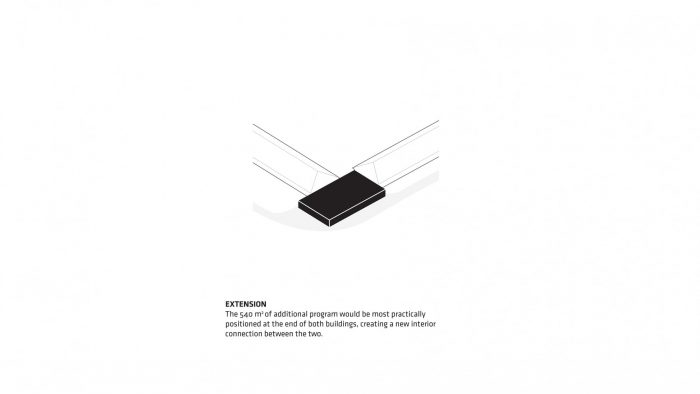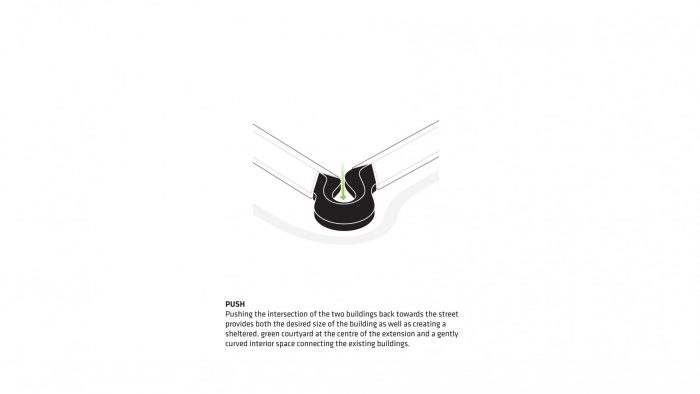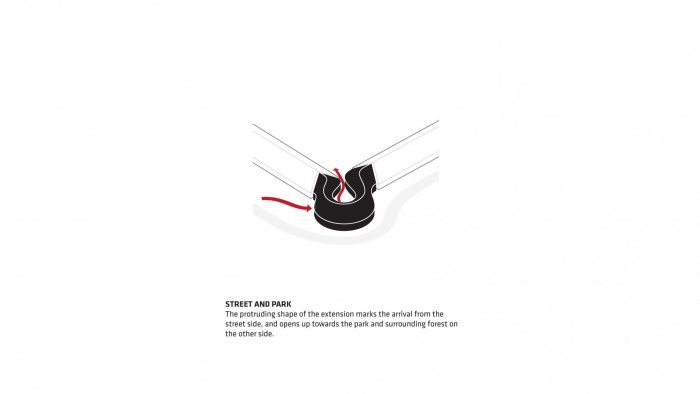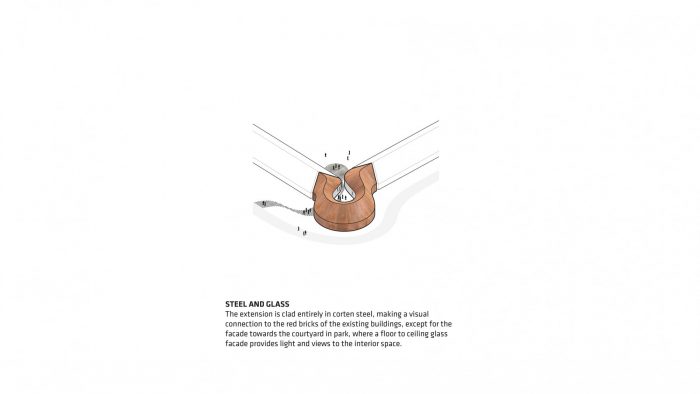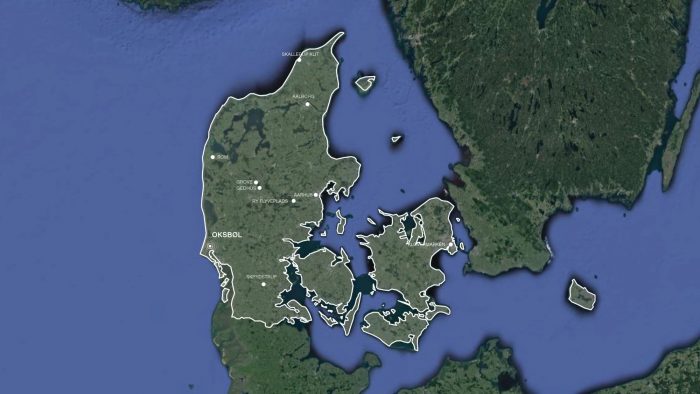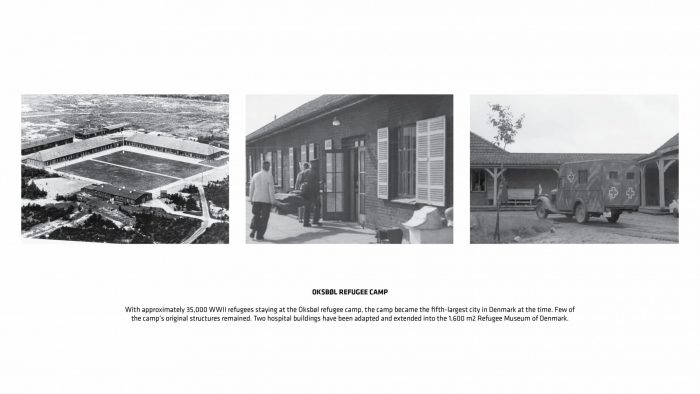位于丹麦最大的二战难民营所在地,FLUGT为全世界的难民提供了一个声音和面孔,并捕捉到了流离失所的人类所共有的普遍挑战、情感、精神和故事。FLUGT是BIG为Vardemuseerne建立的第二个博物馆:一个致力于考古、传播和收集该地区历史知识的地方机构。BIG将难民营为数不多的建筑之一–医院大楼–进行了改造和扩建,使其成为一个1600平方米的博物馆。
Located at the site of Denmark’s largest Refugee camp from World War II, FLUGT, gives a voice and a face to refugees worldwide and captures the universal challenges, emotions, spirits,s, and stories shared by displaced humans. FLUGT is BIG’s second museum for Vardemuseerne: a local institution dedicated to archaeology, dissemination, and collection of historical knowledge about the region. BIG has adapted and extended one of the camp’s few remaining structures – a hospital building – into a 1,600 m2 museum.
在其高峰期,该营地成为当时丹麦第五大城市。今天,奥克斯博尔难民营已所剩无几,但抵达一个新国家门口的故事却像以往一样具有现实意义。被改造成FLUGT的前医院是由两座细长的建筑组成的。BIG将这两座建筑在建筑和历史上联系起来,增加了一个柔和的曲线形体,为博物馆带来了500平方米的额外空间,并创造了一个从远处就能看到的温馨结构。
At its peak, the camp became the fifth-largest city in Denmark at the time. Today, little of the camp in Oksbøl remains, but the story of arriving at the doorstep of a new country is as relevant as ever. The former hospital, which is transformed into FLUGT, is comprised of two elongated buildings. BIG has connected the two buildings architecturally and historically by adding a soft curve-shaped volume which brings 500 m2 of additional space to the museum and creates a welcoming structure, visible from afar.
曲线被轻轻地拉向街道,为博物馆的参观者创造了一个诱人的到达时刻。该结构采用科腾钢,与前医院建筑的红砖相映成趣。从外面看,抽象的体量欢迎游客进入似乎是一个封闭的入口大厅。一进门,一面从地板到天花板的弧形玻璃墙揭示了一个遮蔽的绿色庭院和森林的景色,那里曾经是难民营。院子让光线流入入口大厅,该大厅可作为大厅或临时展览空间,供客人在继续进入博物馆的一个侧翼之前体验。
The curve is gently pulled towards the street to create an inviting arrival moment for the museum visitors. Clad in Corten steel, the structure feels at home along with the red bricks of the former hospital buildings. From the outside, the abstract volume welcomes visitors into what appears to be a closed entry hall. Upon entering, a floor-to-ceiling curved glass wall reveals a view of a sheltered green courtyard and the forest, where the refugee camp used to be. The courtyard lets light flow into the entry hall that functions as a lobby or a temporary exhibition space for guests to experience before continuing their journey into one of the museum wings.
北翼的展览区包含了根据医院内原始流动/循环组织的画廊空间。虽然大部分医院房间的墙被拆掉了,但一些内墙被完整地保留下来,并通过三个横截面稳定下来,创造出更大的展览空间。南翼有一个灵活的会议室、较小的展览空间、一个咖啡馆和后台功能,其特点和材料与北翼相同:白色的墙壁和交叉点覆盖着根据角度天花板线定向的白色油漆木板,以及横跨整个博物馆地板的黄砖,连接着过去和现在的结构。
The exhibition area in the north wing contains gallery spaces organized according to the original flow/circulation in the hospital. While most of the hospital room walls were torn down, some of the inside walls are kept intact and stabilized by three cross-sections, creating larger exhibition spaces. The south wing features a flexible conference room, smaller exhibition spaces, a cafe, and back-of-house functions with the same character and materiality as in the north wing: white walls and intersections covered in white painted wood boards oriented according to the angle ceiling line, as well as yellow bricks across the entire museum floor, connecting past and present structures.
除了保护和再利用医院建筑的历史价值外,延长现有结构的使用寿命也支持了BIG的使命,即减少浪费,保护资源,并创造一个较小的碳足迹,因为这与材料制造和运输有关。
In addition to preserving and reusing the hospital buildings for historical value, extending the lifespan of the existing structures supports BIG’s mission of reducing waste, conserving resources, and creating a smaller carbon footprint as it relates to materials manufacturing and transport.
由BIG景观设计的庭院在博物馆内部和外部都创造了一个宁静的感官体验。院子中心的一个小镜面水池反映了它上面的天空。在水池周围,该地区已知的石楠种植强调了该地区的特征。离开博物馆的游客已经体验了丹麦历史上一个重要地方的一部分,并对难民的经历有了新的看法。
The courtyard designed by BIG Landscape creates a peaceful sensory experience inside the museum as well as outside. A small mirror pool in the heart of the courtyard reflects the sky above it. Around the basin, heath planting known from the region emphasizes the identity of the area. Visitors who leave the museum has experienced a part of an important place in Danish history, with a new perspective on the refugee experience.
Architects: Bjarke Ingels Group
Area : 1600 m²
Year : 2022
Photographs :Rasmus Hjortshoj
Partners In Charge : Bjarke Ingels, Ole Elkjær-Larsen, Finn Nørkjær
Project Leader : Frederik Lyng
Project Architect : Frederik Skou Jensen
Design Team : Ákos Márk Horváth, Anders Holden Deleuran, Andy Coward, Anne Søby Nielsen, Cheng-Huang Lin, Danyu Zeng, David Zahle, Eddie Chiu Fai Can, Gabrielé Ubareviciute, Hanne Halvorsen, Høgni Laksafoss, Laura Wätte, Katrine Juul, Kim Lauer, Lone Fenger Albrechtsen, Lukas Molter, Mads Primdahl Rokkjær, Marius Tromholt-Richter, Michael James Kepke, Muhammad Mansoor-Awais, Nanna Gyldholm Møller, Nikolaos Romanos Tsokas, Oliver Siekierka, Peter Mortensen, Richard Garth Howis, Sascha Leth Rasmussen, Sofiia Rokmaniko, Tore Banke, Thor Larsen-Lechuga, Tomas Karl Ramstrand, Toni Mateu, Tristan Robert Harvey
Big Landscape : Anne Katrine Sandstrøm, Barbora Hrmova, Giulia Frittoli, Jonathan Udemezue, Kristian Mousten, Ulla Hornsyld
City : Oksbøl
Country : Denmark

